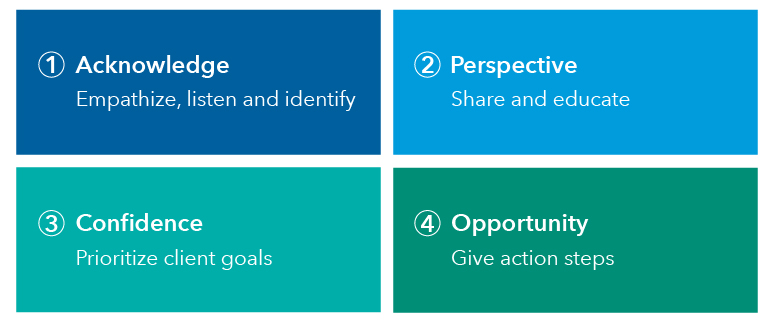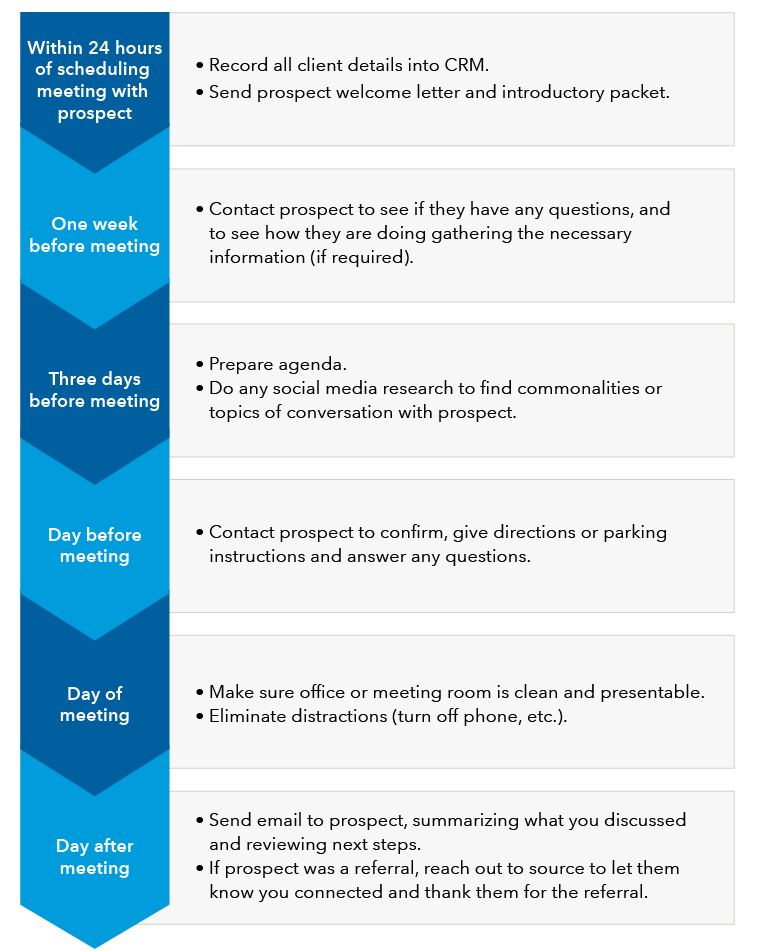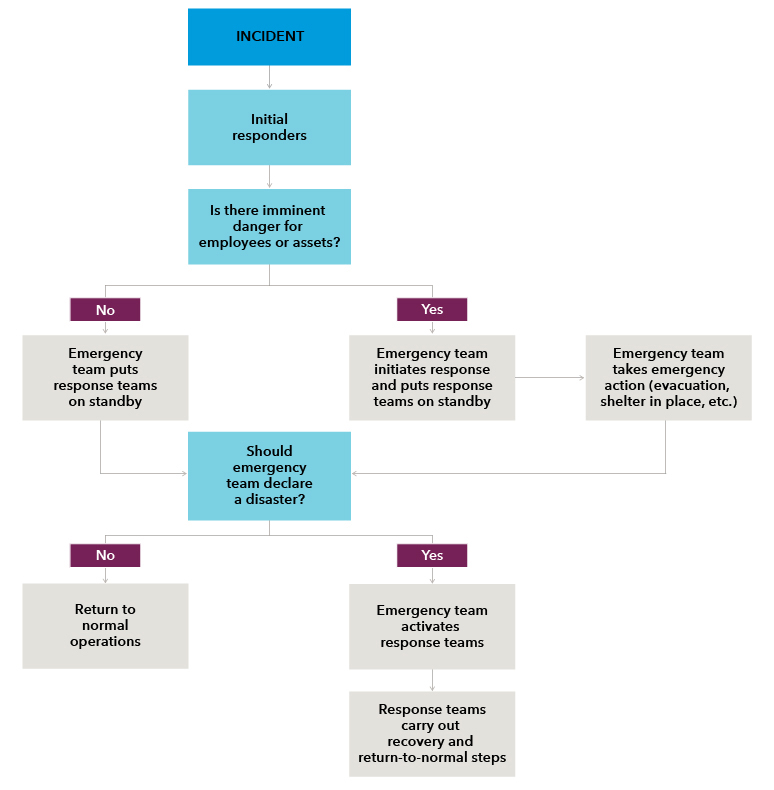It’s Monday morning, and you just got to the office. You head over to the coffee maker, take a mug from the cabinet and pour. You get the sugar and creamer from the labeled drawer. You grab a stirrer from the container next to the pot. You take a sip and head to your desk, ready to start the day.
Grabbing that morning cup of coffee is a process you probably take for granted. You understand the steps to take, and you get the same results almost every time. But what if you were part of a large team sharing coffee duties? Would everyone know where to find the coffee maker? How much sugar and cream does everyone want? And where are those stirrers again?
A standard operating procedure (SOP) can help. Having a set of clear directions for important tasks in a business can save you and your employees time, money and stress. You can use them to share institutional knowledge, keep operations consistent, establish best practices and delegate responsibility to a larger team. SOPs can govern not only daily activities, but also responses to occasional scenarios in which a playbook is especially useful, such as volatile markets. And, just like coffee, SOPs can help boost the efficiency of your practice. In fact, our Pathways to Growth: 2023 Advisor Benchmark Study found that practices using SOPs achieved higher growth. For instance, more than 60% of high-growth advisors had a client onboarding SOP.
Ready to implement SOPs to help create a more efficient practice and more consistent service for your clients? Here’s how to get started.




